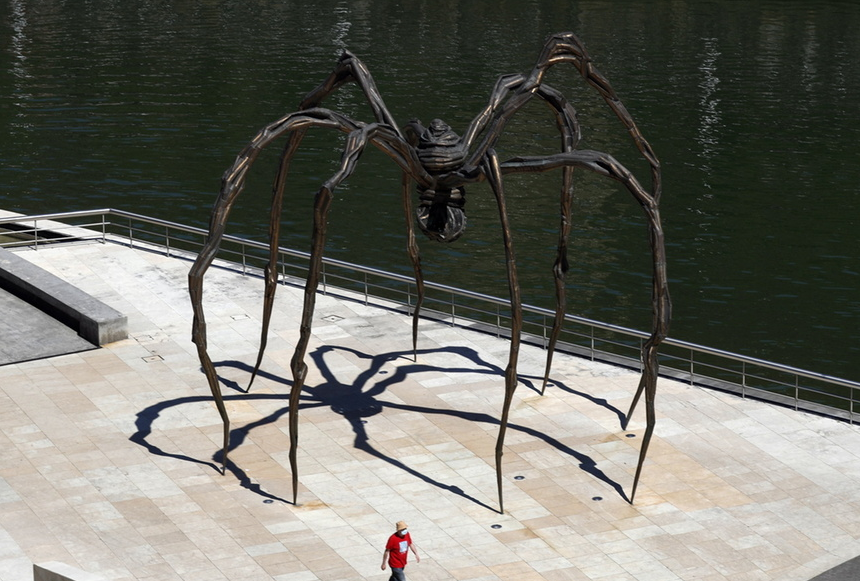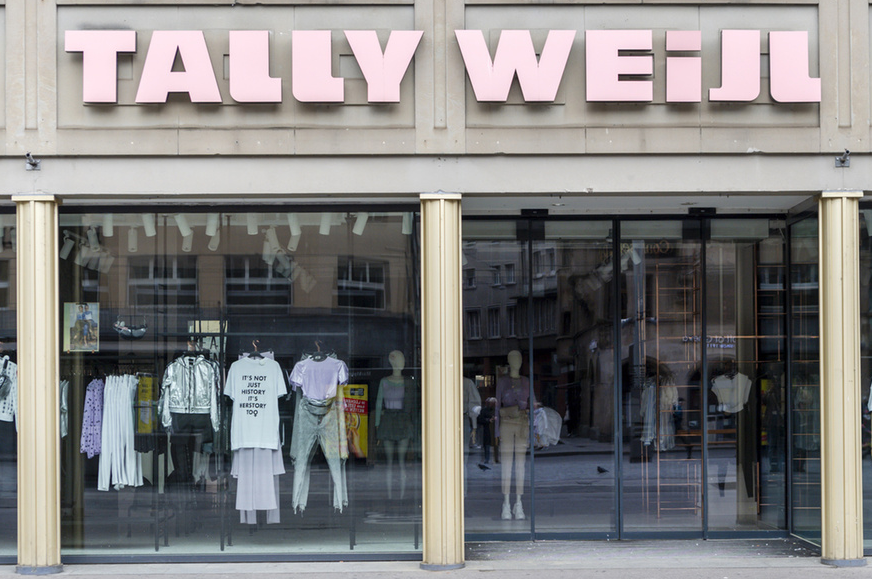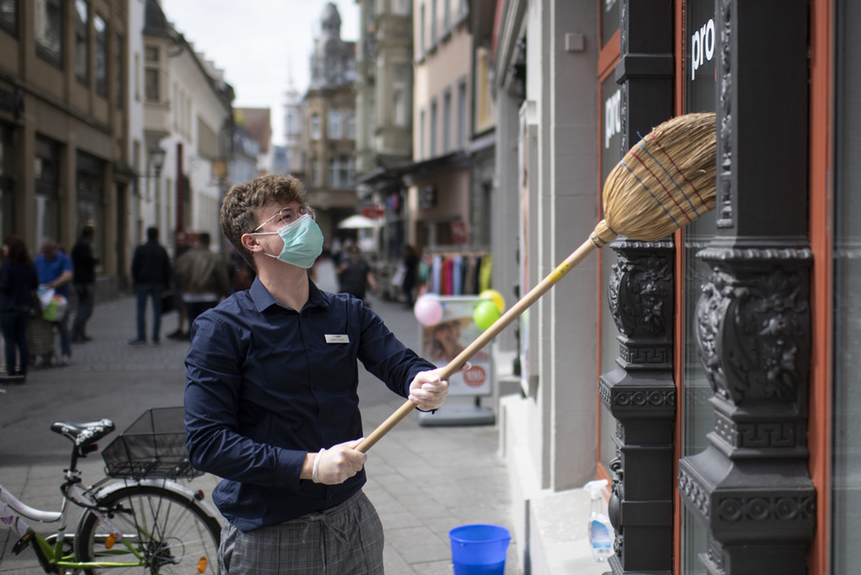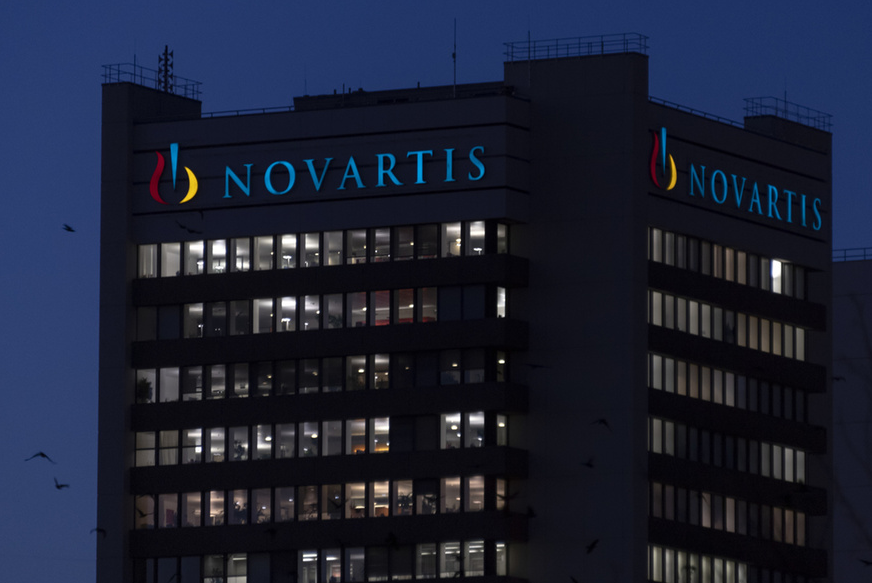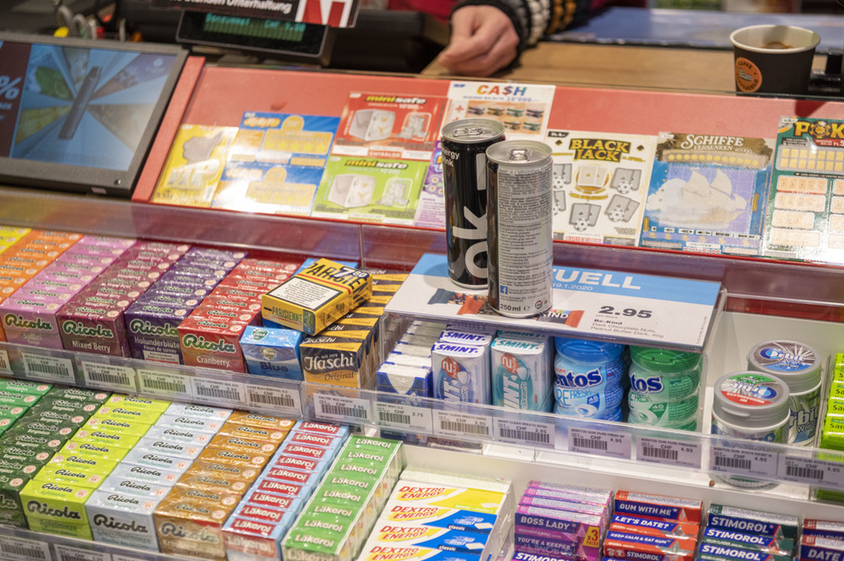In recent years locals in Lucerne have protested against overtourism in their city. © Keystone / Alexandra Wey Some popular travel destinations have enjoyed the break – however temporary – from tourist crowds following Covid-19 restrictions. Others hope the hordes will return soon. Switzerland had not yet opened its border with Italy when its southern neighbour unexpectedly announced that Swiss citizens could enter the country starting on June 3. A day later, Sylvain and Anastasia Nicolier, who live in Lausanne, crossed the border at the Great St Bernard Pass. “When I heard on the news that the border with Italy was open again, I asked my wife if she wanted to go to Venice,” says Sylvain. “We set out the next day with our two-month-old daughter.” The crossing went
Topics:
Swissinfo considers the following as important: 3.) Swiss Info, 3) Swiss Markets and News, Featured, Lifestyle, newsletter
This could be interesting, too:
Nachrichten Ticker - www.finanzen.ch writes Die Performance der Kryptowährungen in KW 9: Das hat sich bei Bitcoin, Ether & Co. getan
Nachrichten Ticker - www.finanzen.ch writes Wer verbirgt sich hinter der Ethereum-Technologie?
Martin Hartmann writes Eine Analyse nach den Lehren von Milton Friedman
Marc Chandler writes March 2025 Monthly
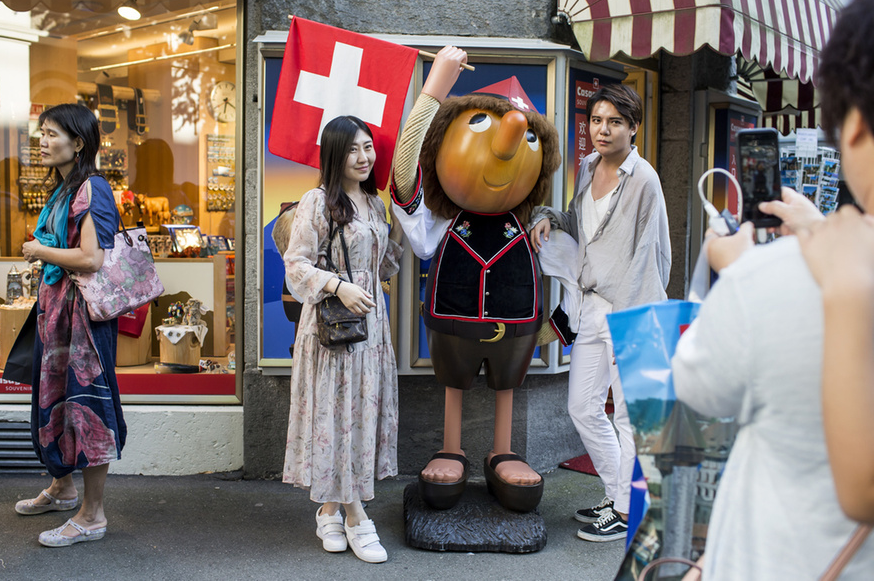
In recent years locals in Lucerne have protested against overtourism in their city. © Keystone / Alexandra Wey
Some popular travel destinations have enjoyed the break – however temporary – from tourist crowds following Covid-19 restrictions. Others hope the hordes will return soon.
Switzerland had not yet opened its border with Italy when its southern neighbour unexpectedly announced that Swiss citizens could enter the country starting on June 3. A day later, Sylvain and Anastasia Nicolier, who live in Lausanne, crossed the border at the Great St Bernard Pass.
“When I heard on the news that the border with Italy was open again, I asked my wife if she wanted to go to Venice,” says Sylvain. “We set out the next day with our two-month-old daughter.”
The crossing went smoothly without any checks. “I felt a bit nervous at the beginning,” says Anastasia. “It was our first trip abroad with our baby.”
The young parents are used to travelling. With his wife’s support, Sylvain Nicolier writes a travel blog, Suisse moi, where he posts videos of his trips all over the world.
Sylvain has been to Venice four times, but the throngs of tourists had put him off the idea of taking his wife there, even though it was one of her long-cherished dreams.
“It was just the right time,” the couple agreed. Photographs of Venice’s quiet streets and alleyways that were emptied by COVID-19 were published around the world.
Crowd control
Before the Covid-19 crisis, between 26 and 30 million people visited Venice every year. During the high season, the number of tourists reached 130,000 per day. Venetians who had had enough took to the streets to demonstrate against so-called overtourism. Venice was no longer able to cope with the crowds. Streets were congested, rents soared and the number of souvenir shops surpassed the number of essential stores for locals.
The town reacted by implementing a plan to charge an entry fee for tourists and reduce the number of cruise ships that could dock in its port. Sylvain agrees with these measures.
“We have to think about sustainable and responsible tourism,” the travel blogger says, adding that tourism also has its advantages. “The local population benefits from it in many ways.”
A critical sector
Economically, tourism is important for Venice, and for all of Italy. It accounts for more than 10% of the country’s GDP. The swift opening of the borders at the beginning of June was done against the health authorities’ wishes and without consulting neighbouring countries. The government had given in to economic pressure. Many Italian cities finance a large part of their budget by charging a visitor’s tax, which every guest pays on top of their accommodation costs.
“I think when foreigners were barred from travelling, the Italians realised how much they depended on them,” says Anastasia. During their trip to Venice, the Nicolier family were welcomed with open arms and felt a generally warm atmosphere.
Hot spot Lucerne
Some Swiss cities have also reached their limits. Lucerne, one of the most visited cities in the country, records 9.4 million visitors each year, and the residents are not happy about it.
A study published by the University of Lucerne in June found that nearly 80% of the 1,530 respondents thought that the number of people visiting Lucerne’s old town was too high. They caused traffic jams and created a shortage of parking spaces. Large tour groups were regarded as a nuisance. The survey was concluded in February, just before the first Covid-19 case was detected in Switzerland.
“At the same time, the people of Lucerne are aware of the economic significance of tourism,” says Jürg Stettler, head of the University’s Institute of Tourism, who led the study. About three-quarters of the respondents agreed that tourism created jobs; one-third thought that tourism generated added value and revenue for many businesses.
However, the majority of respondents were also in favour of measures to better manage tourism. Most would like to see measures to limit traffic in the city, like reducing the number of parking spaces and increasing parking fees. The city council is studying various options.
Investment in infrastructure
Another Swiss tourism hot spot is the Jungfraujoch. Every year, more than one million people take the train to Europe’s highest railway station. According to hotel owner Otto Hauser, the crowds have improved compared to a few years ago.
“It used to be mayhem up there,” says Hauser, who owns the Schweizerhof, a five-star hotel in Grindelwald, a gateway resort to the Jungfraujoch. Sixty to 70% of his guests, mainly tour groups from Asia, take the train to the mountain-top destination during high season.
“There was hardly any space up there, but now at least tourists no longer bump shoulders,” Hauser says. In 2009, the number of visitors to the Jungfraujoch was limited to 5,250 per day. Starting this winter, there will be a cap on the number of skiers.
But the infrastructure is being developed. With the V-Cableway project, worth some CHF470 million ($499 million), new gondolas and a new railway terminal are being built to reduce travel time to the Jungfraujoch.
Hauser thinks this is a good solution and one which shows that financial investment is necessary: “Introducing new regulations demands a lot of groundwork. It is impossible to control tourists overnight.”
Limited control
“Regulations are not a panacea,” says Jürg Stettler at the University of Lucerne. “In Lucerne, they can only target tour groups. It is difficult to manage the flow of individual tourists who travel by public transport.” His study shows, however, that this group of visitors does not disturb city residents.
Sylvain and Anastasia Nicolier also prefer to travel on their own.
“In order to get away from the crowds, I usually travel in low season,” says Sylvain. “For example, I went to Bali during the rainy season. I really enjoyed the island, which people say is overrun by tourists in high season.”
The economy needs tourists to return soon – but how can destinations avoid a return to overtourism?
“Tourism has to be more sustainable for travellers as well as for economies,” says Stettler. Visitors who go on short sight-hopping trips do not contribute much to a city’s budget.
“We have to change our marketing strategy and attract more long-term visitors,” the professor adds. “Tourists who stay in Lucerne for a while are unlikely to spend all their time standing on the famous Chapel Bridge or marvelling at the lion monument. They will probably also explore the surroundings. There is a lot on offer which will disperse the tourists and allow other sectors to benefit too.”
Tags: Featured,Lifestyle,newsletter

